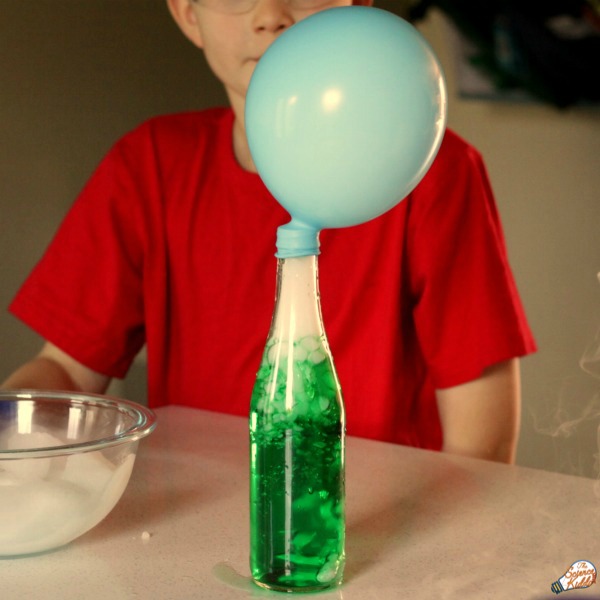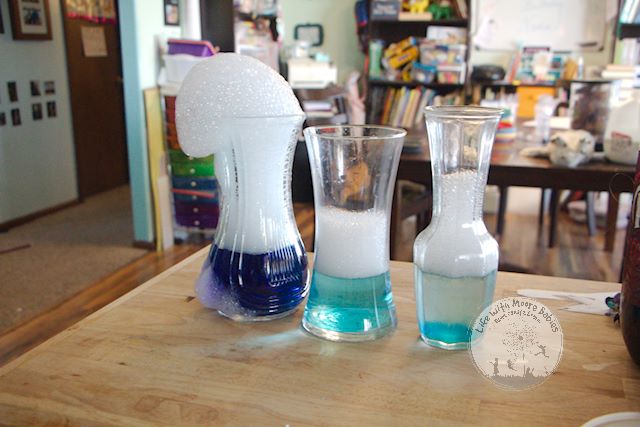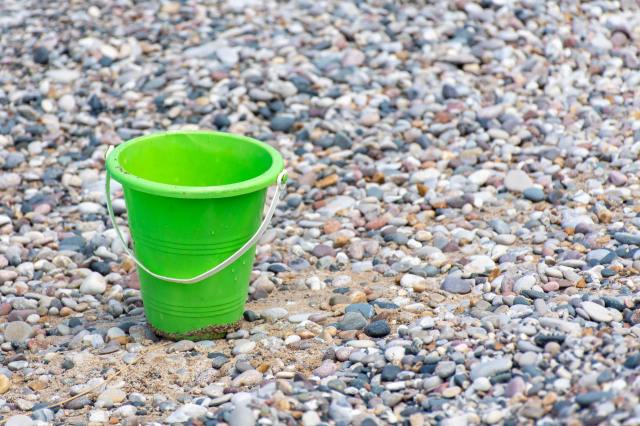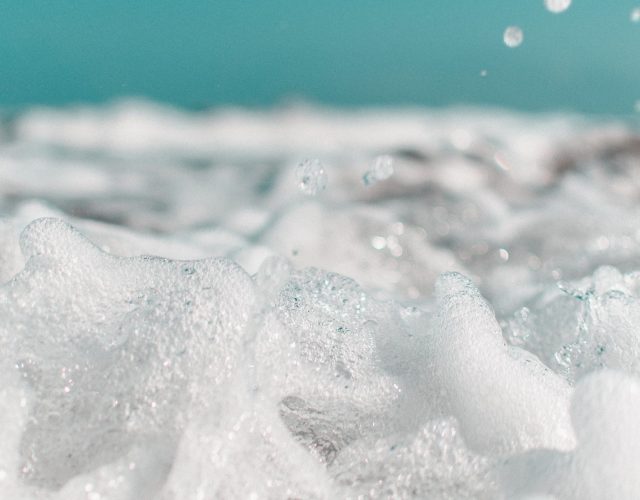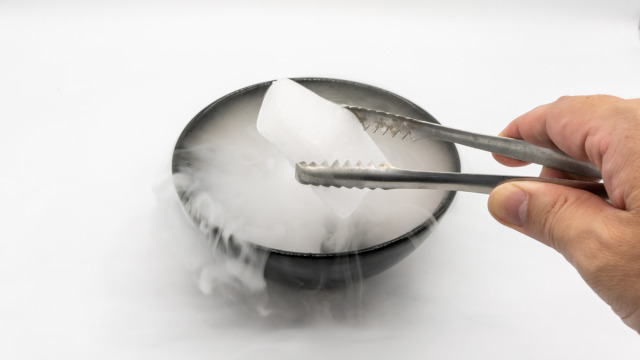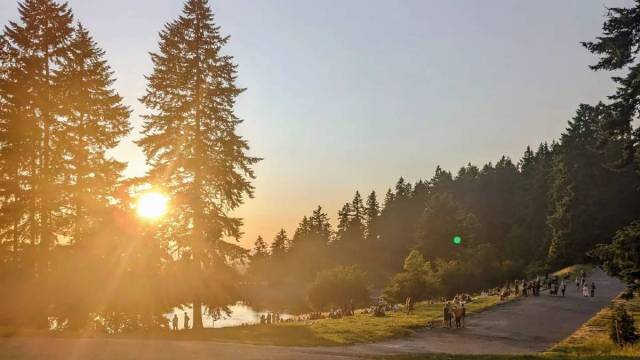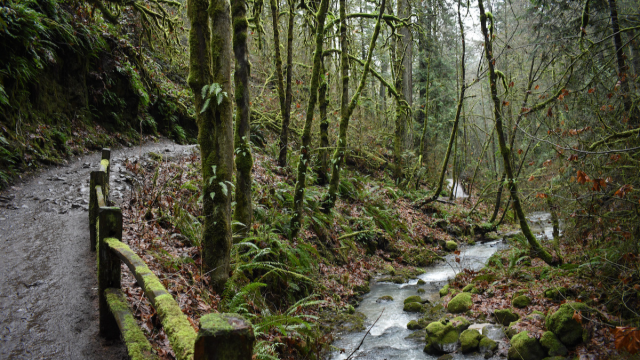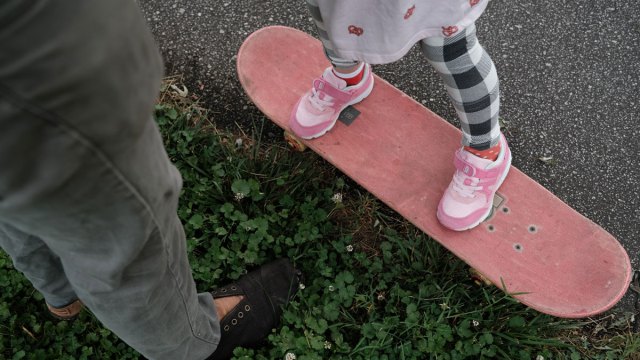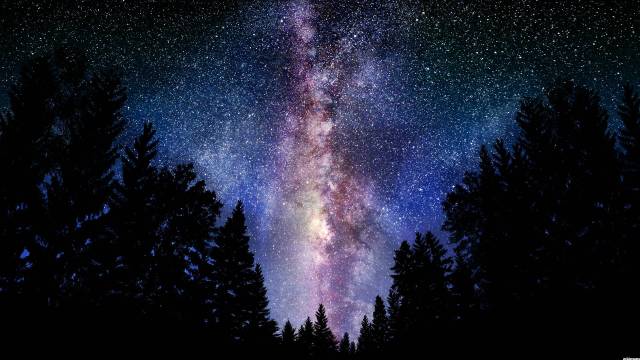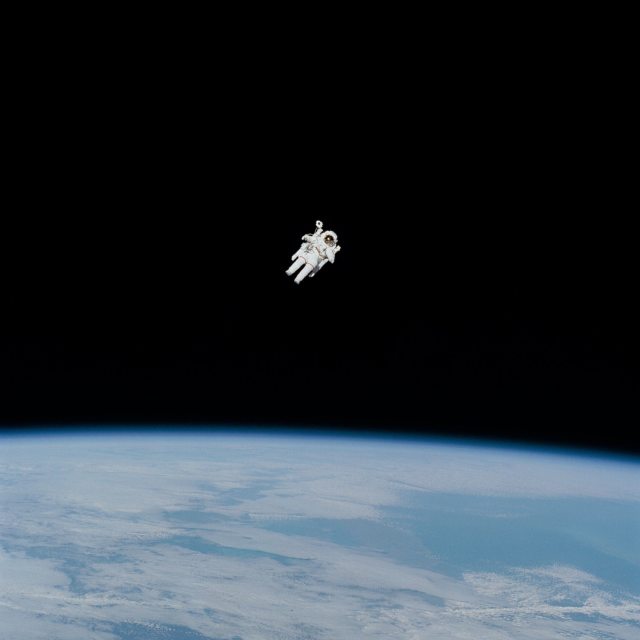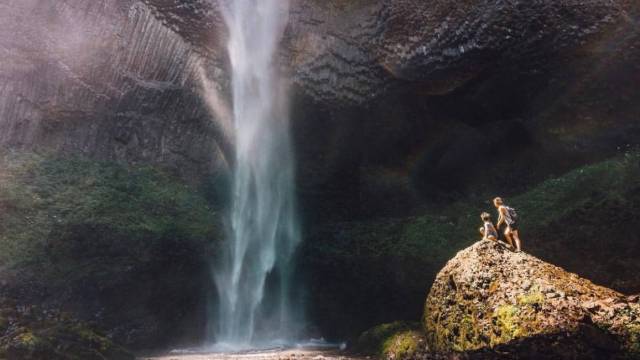Kids love jokes and just because the younger crowd is still working on syllables doesn’t mean they won’t get some good old-fashioned corny jokes for kids. The following jokes for toddlers are officially approved by our kids, so we know you’ll get some guffaws. Read on for some hilarious toddler jokes that’ll have everyone giggling.
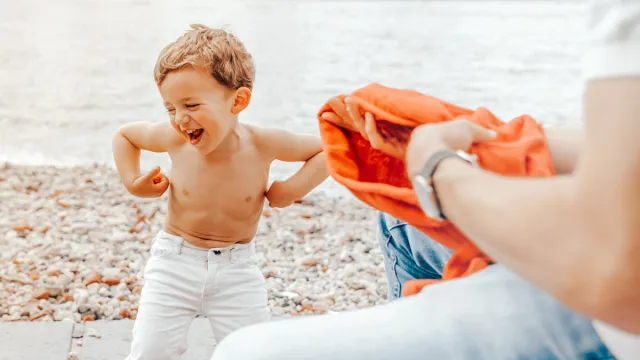
1. What do you say to a bunny on its birthday?
Hoppy Birthday!
2. What is hairy and sneezy?
A coconut with a cold.
3. Why are fish so smart?
They live in schools.
4. What else is hairy and sneezy?
A dog with a cold.
5. What do you call a fly with no wings?
A crawl.
6. What did the paper say to the pencil?
Write on!
7. Why was 6 afraid of 7?
Because 7, 8, 9
8. What do you call a dinosaur that is sleeping?
A dino-snore!
9. Why did the cookie go to the hospital?
Because he felt crummy.
10. What did the little corn say to the mama corn?
Where is pop corn?
11. What is fast, loud and crunchy?
A rocket chip!
12. Why did the teddy bear say no to dessert?
Because she was stuffed.
13. How do you talk to a giant?
Use big words!
14. What animal is always at a baseball game?
A bat.
15. What did one volcano say to the other?
I lava you!
16. How do we know that the ocean is friendly?
It waves!
17. What does a cloud wear?
Thunderwear!
18. Why shouldn’t you trust stairs?
Because they are always up to something.
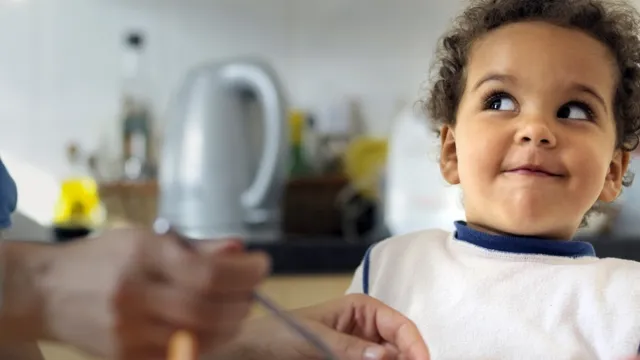
19. Knock, knock!
Who's there?
Olive.
Olive who?
Olive you!
20. How do you make an octopus laugh?
With ten-tickles!
21. What did the nose say to the finger?
Quit picking on me!
22. What kind of haircuts to bees get?
Buzzzzzcuts.
23. Where do elephants pack their clothes?
In their trunks!
24. Where do sheep go on vacation?
The Baaa-hamas.
25. Why did the kid throw a stick of butter out the window?
To see a butter-fly.
26. What did the Mama Cow say to the Baby cow?
It's pasture bedtime.
27. What is blue and not heavy?
Light blue.
28. What do you call a dancing cow?
A milkshake!
29. What do you say to a rabbit on its birthday?
Hoppy Birthday!
30. Knock, knock!
Who's there?
Lettuce.
Lettuce who?
Lettuce in, it's freezing outside!
31. What room doesn't have a door?
A mushroom!
Related: Kid Around: 124 of the Best Jokes for Kids, by Kids

32. Why did the dinosaur cross the road?
Because the chicken wasn't born yet.
33. Why did the bike fall over?
It was two tired.
34. What’s the scariest plant?
Bam-booo!
35. Knock knock!
Who's there?
Isabel.
Isabel who?
Isabel on a bicycle? I think it fell off.
36. What is a silly dog's favorite toy?
A funny bone!
37. What day of the week are most twins born?
Twos-day.
38. What is a cow's favorite drink?
A smooooooothie!
39. What did the banana say to the cat?
Nothing. Bananas don't talk.
40. What do you call a dinosaur that is sleeping?
A dino-snore!
41. Why don't eggs tell each other jokes?
They'd crack each other up!
42. Why did the cow cross the street?
To go to the moo-vies.
43. Knock, knock!
Who's there?
Butter.
Butter who?
Butter be quick, I have to go to the bathroom!
44. Knock, knock!
Who's there?
Banana.
Banana who?
Knock, knock!
Who's there?
Banana.
Banana who?
Knock, knock!
Who's there?
Orange.
Orange who?
Orange you glad I didn't say banana?
45. Why do giraffes have such long necks?
Because they have smelly feet.













